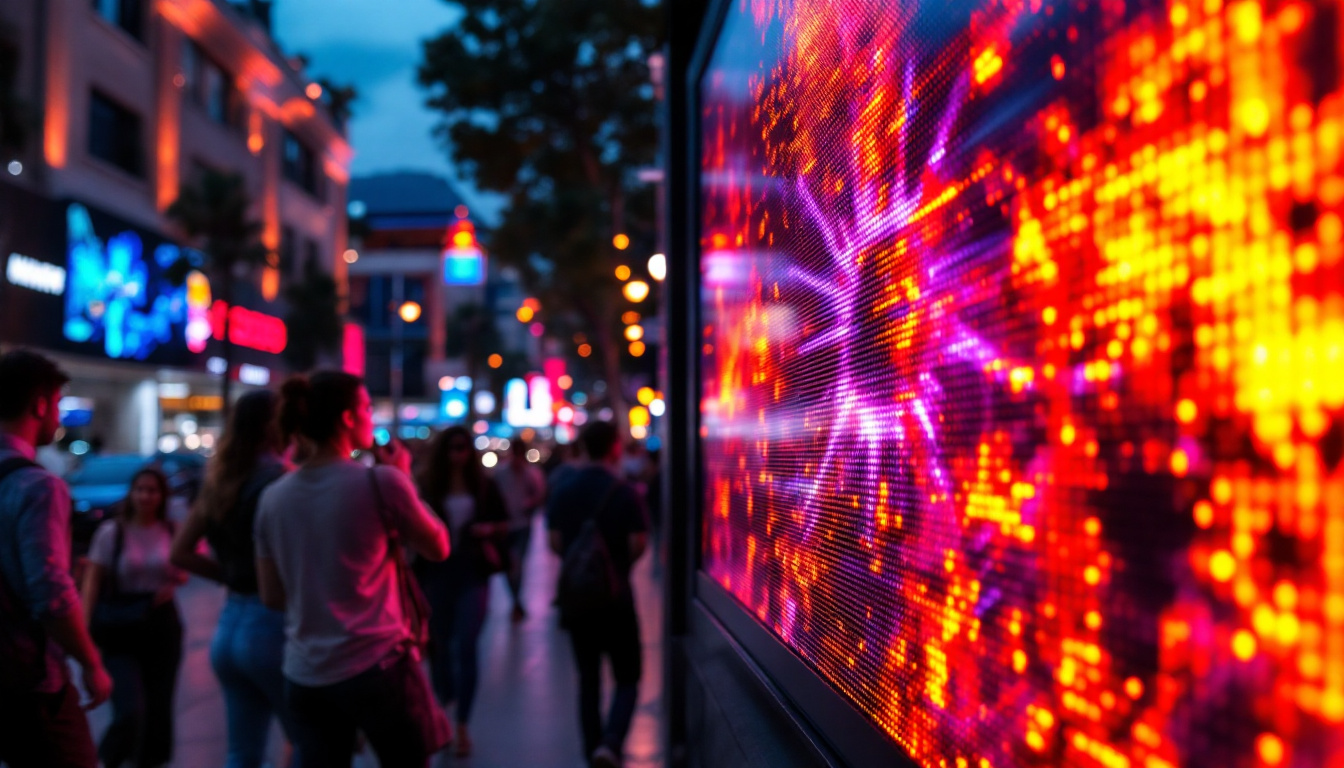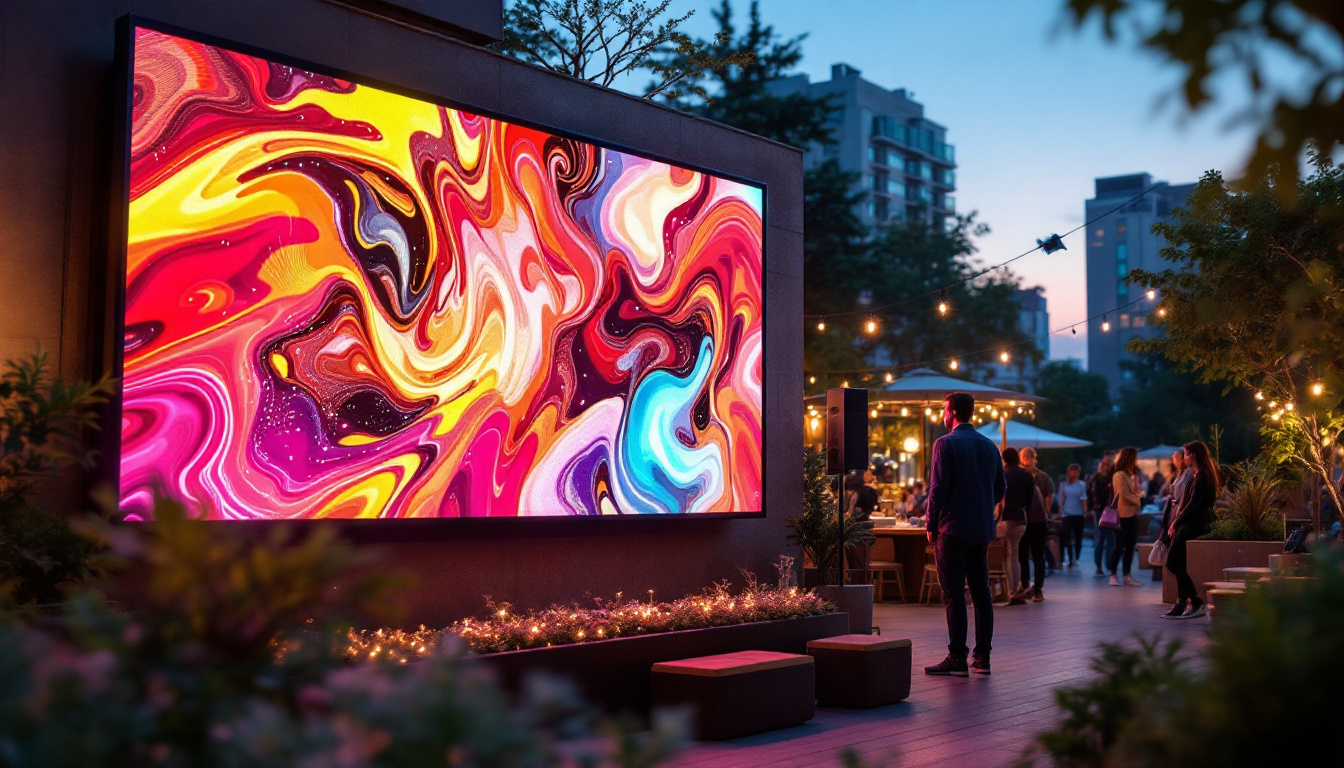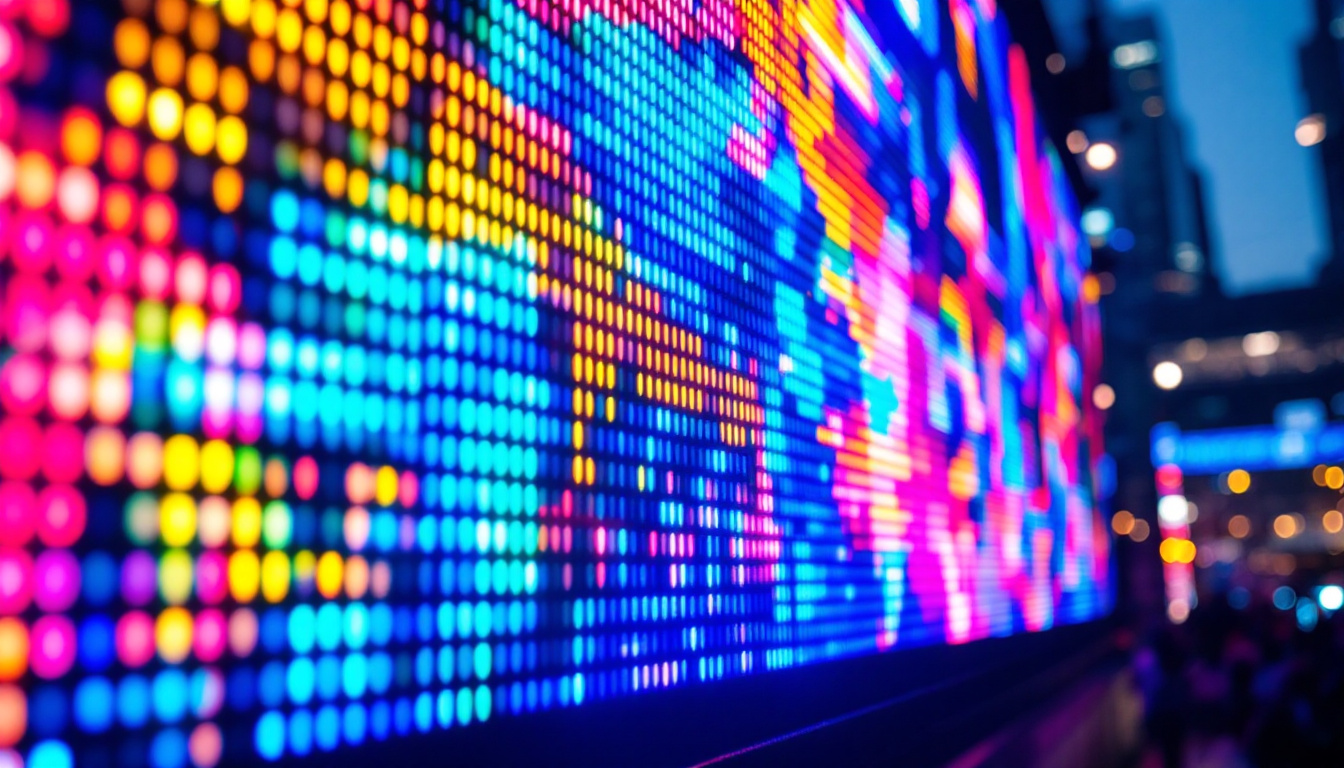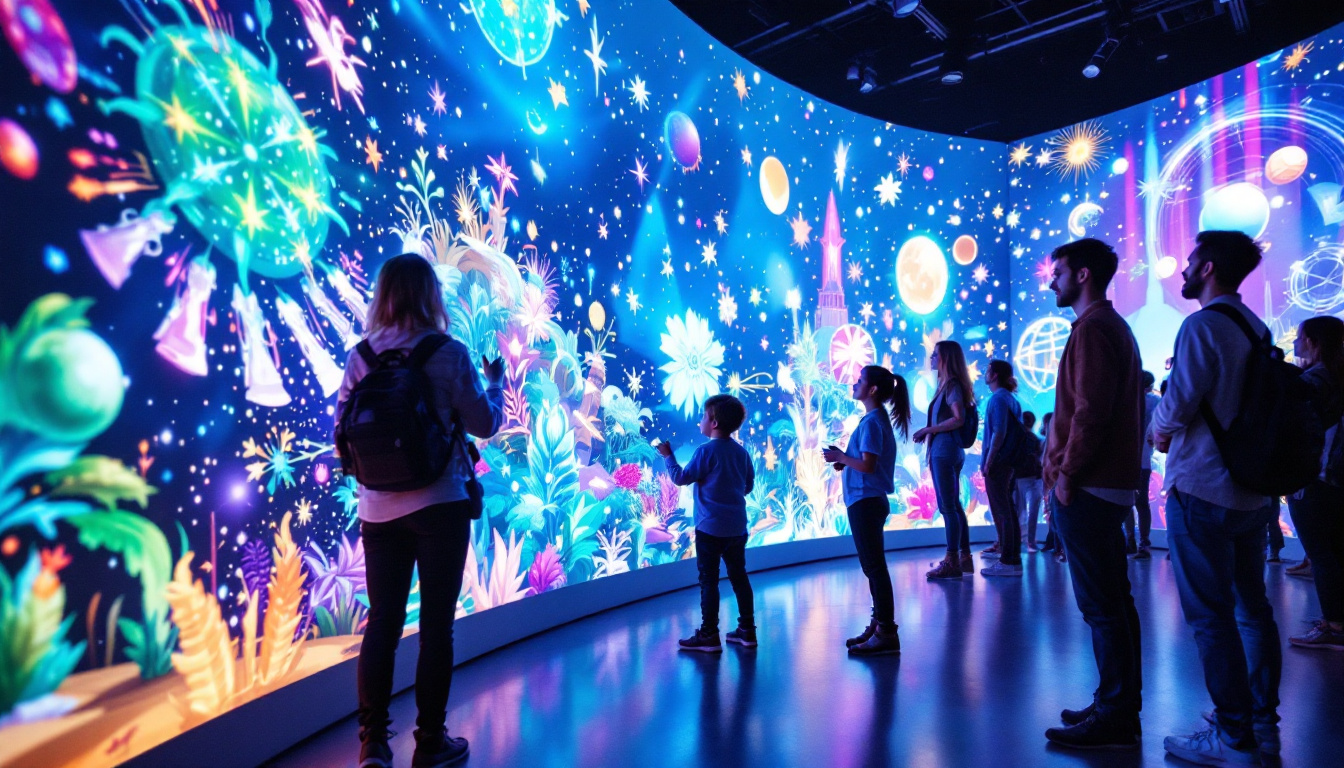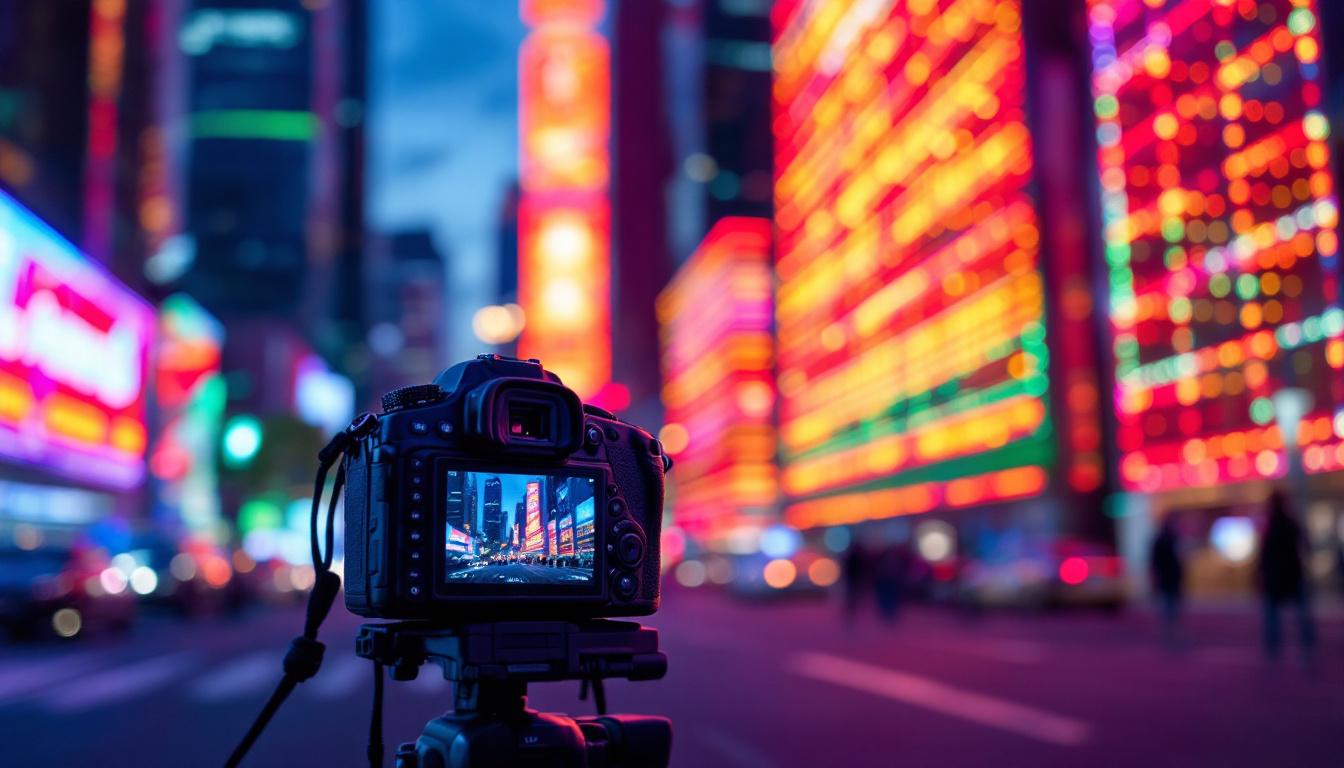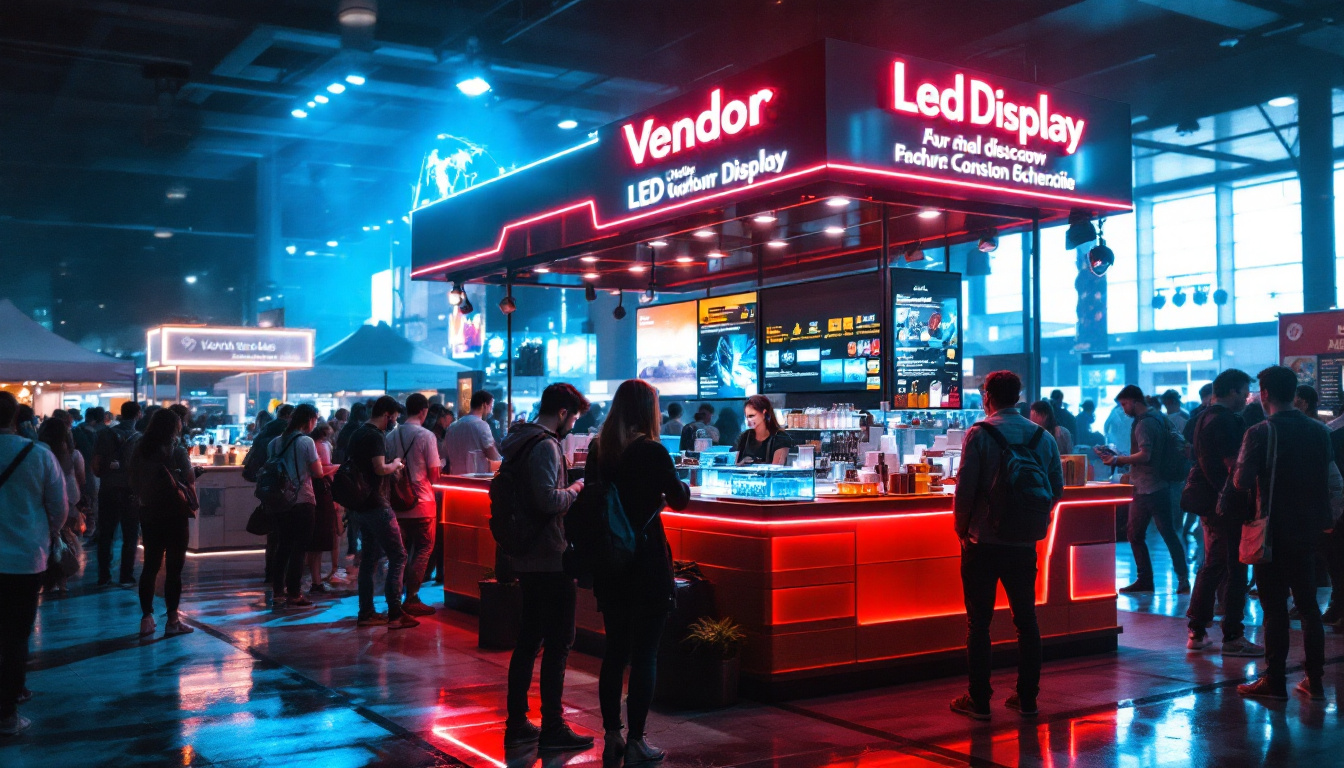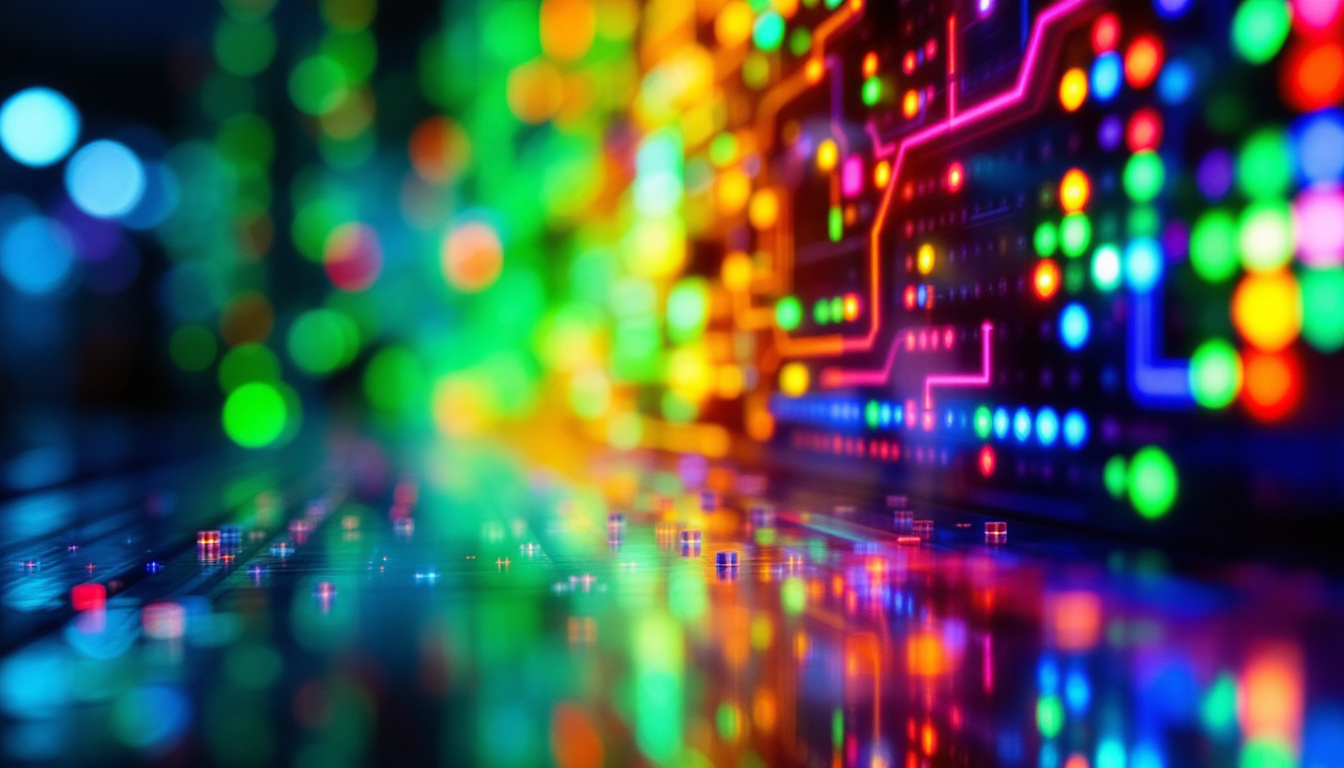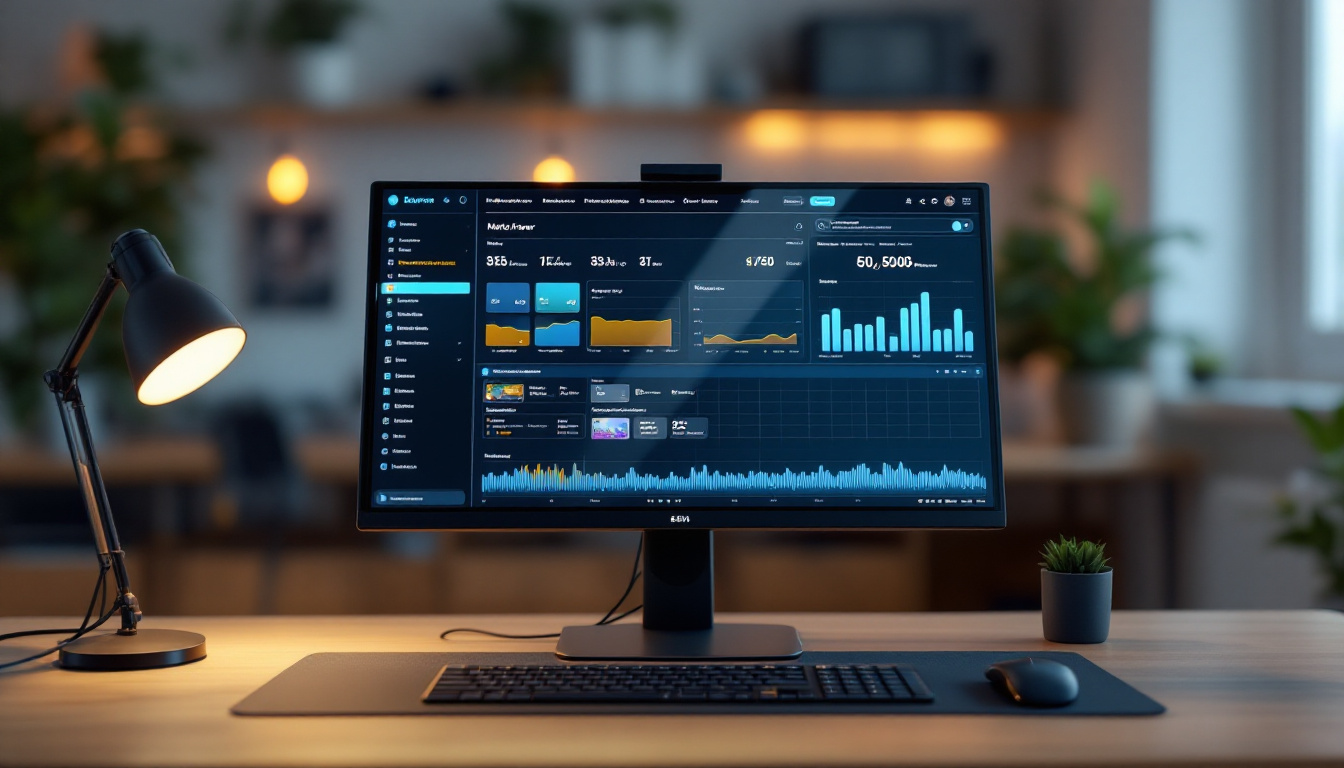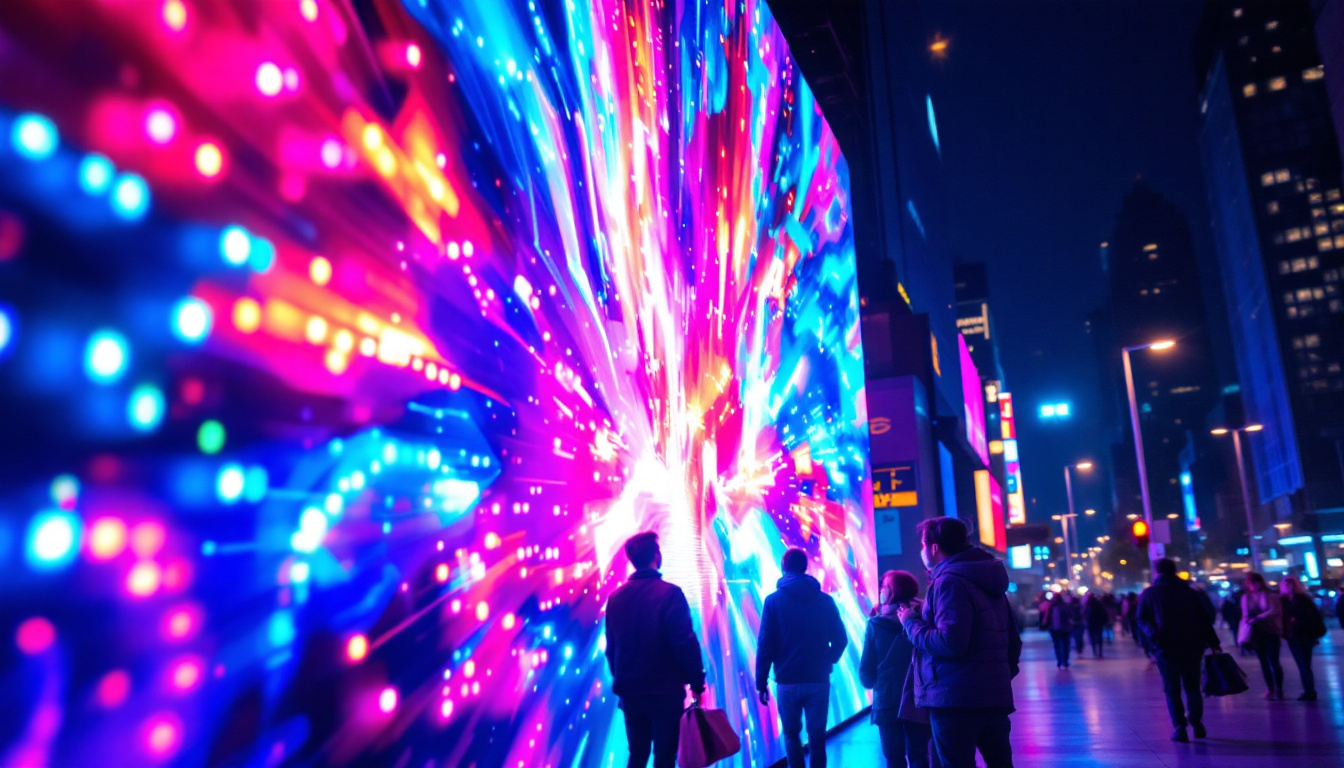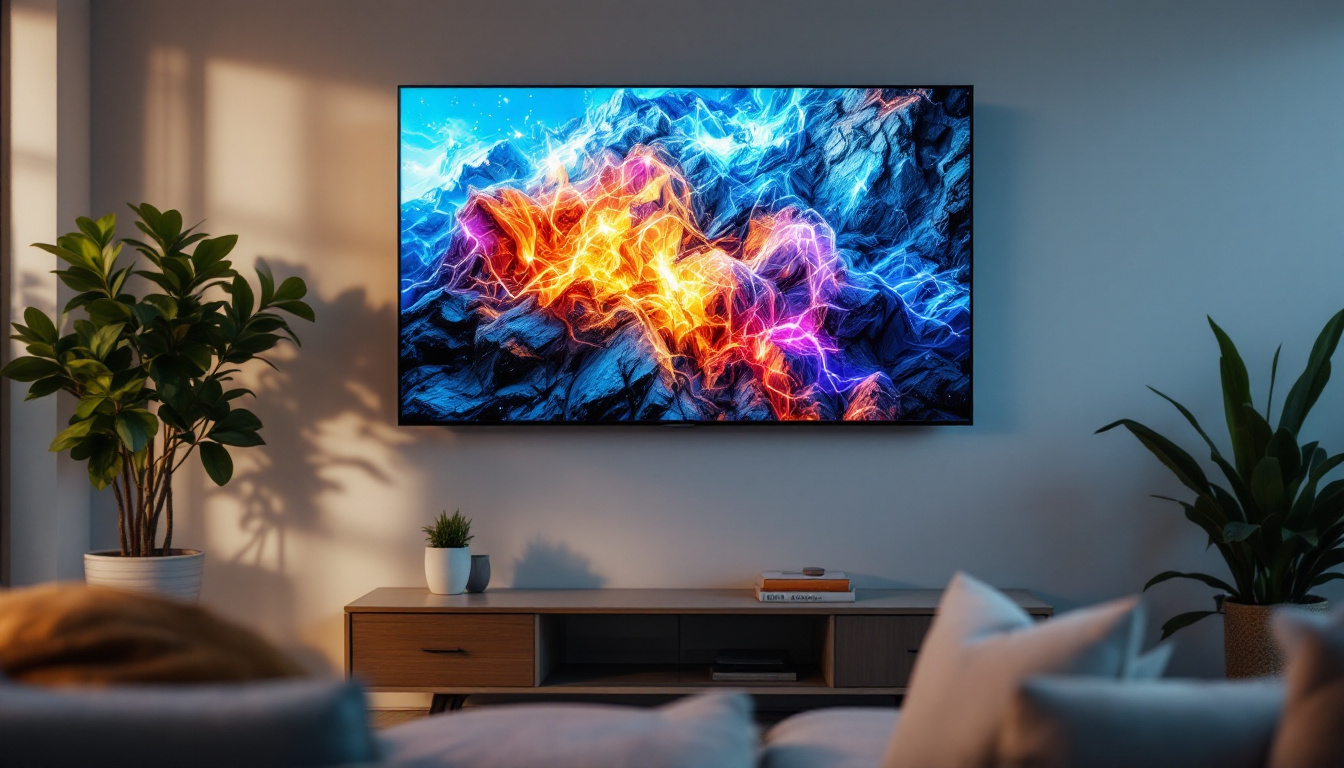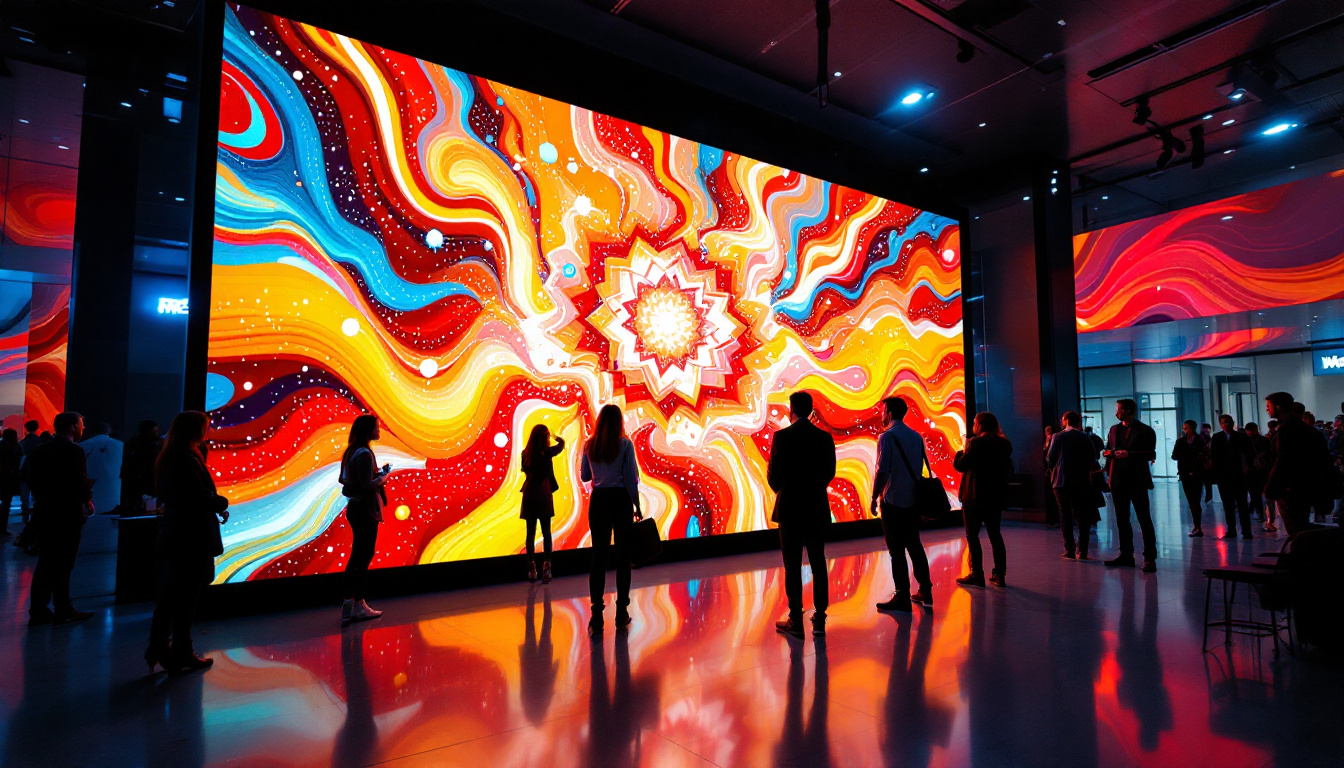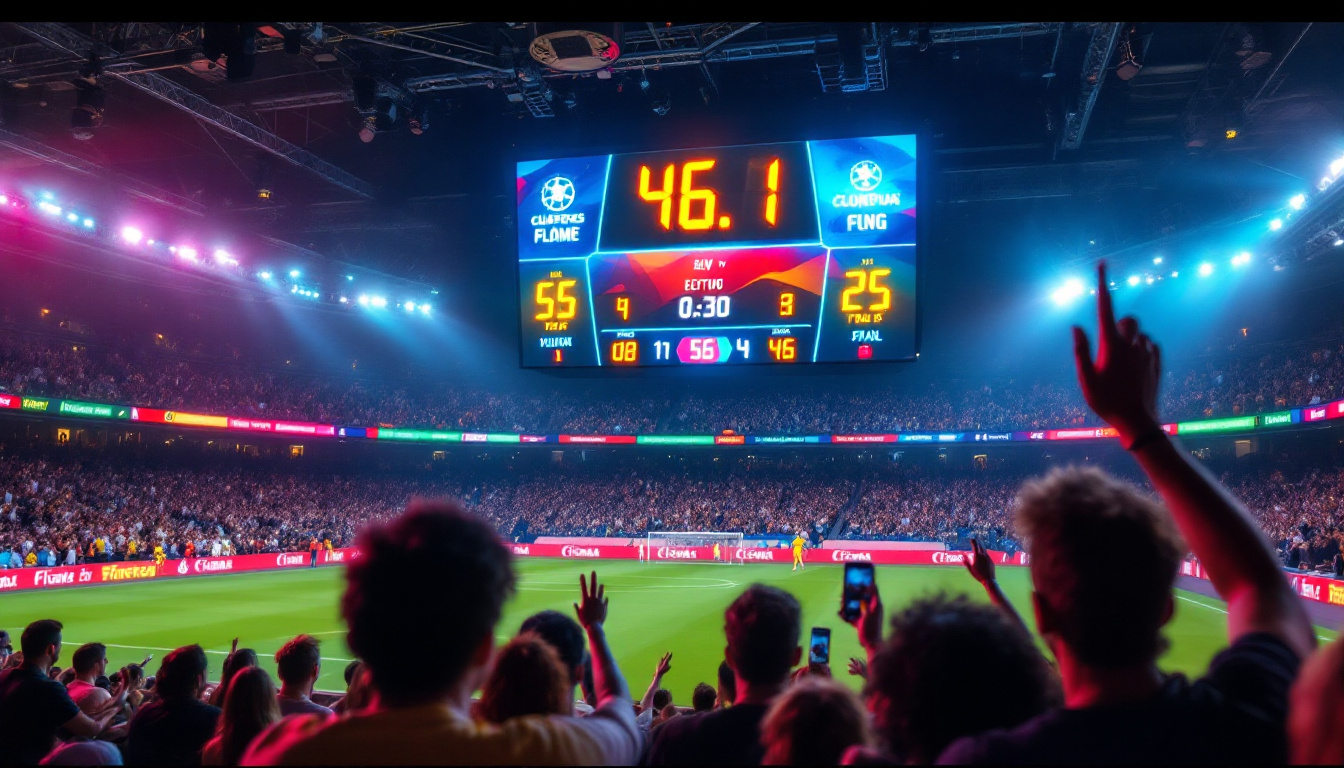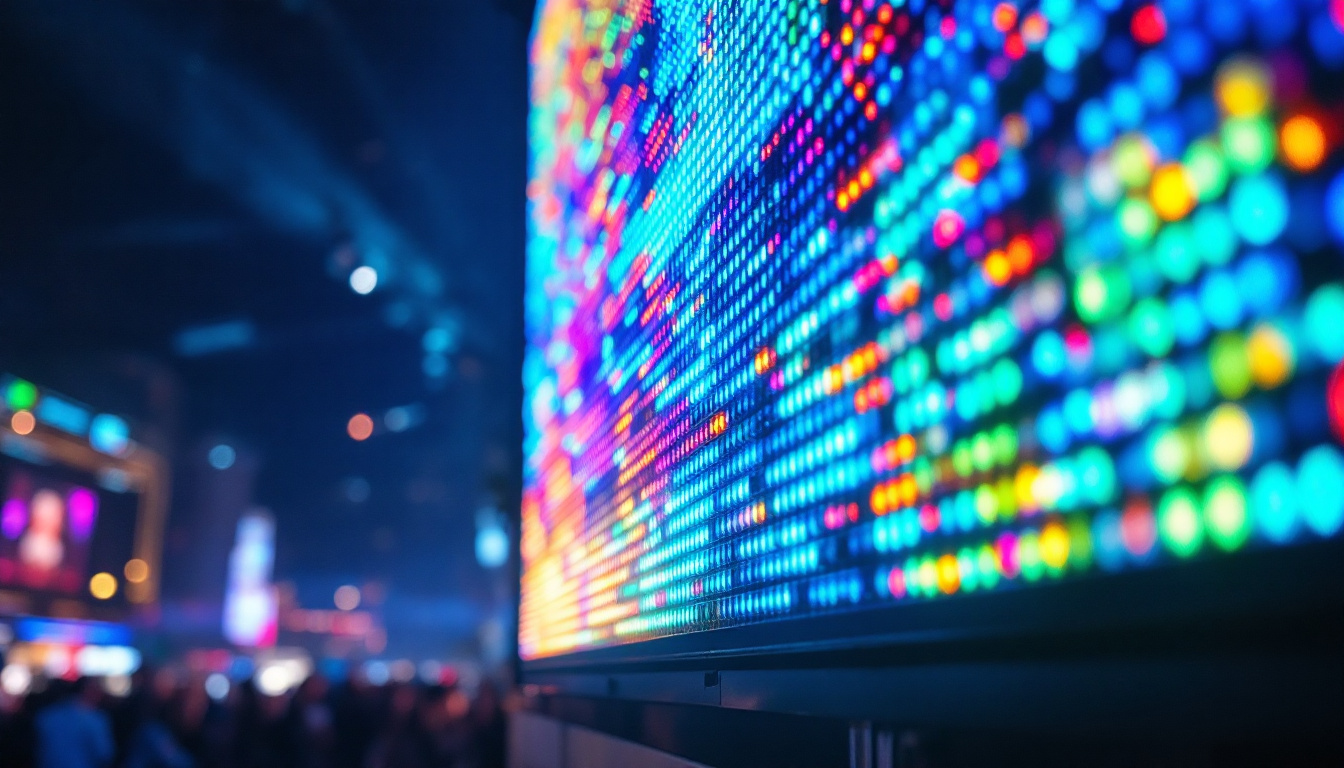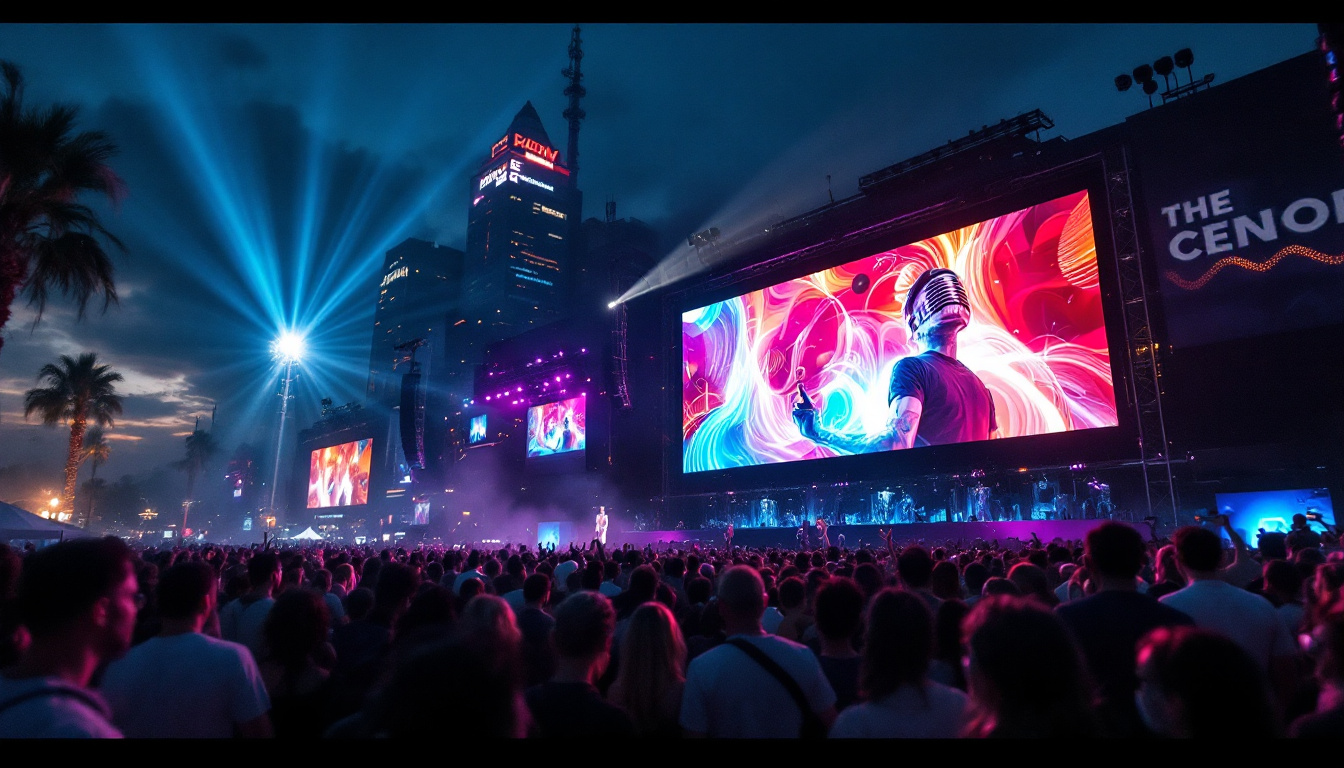Government AV Solutions Southern California: LED Display Explained
In the rapidly evolving world of audiovisual technology, LED displays have emerged as a cornerstone for effective communication, particularly within government sectors in Southern California. These displays offer unparalleled clarity, brightness, and versatility, making them an ideal choice for various applications, from public announcements to large-scale presentations. This article delves into the intricacies of LED displays, their benefits, and their specific applications in government settings.
Understanding LED Display Technology
LED, or Light Emitting Diode, technology has transformed the way visual information is presented. Unlike traditional displays that rely on backlighting, LED displays utilize individual diodes to emit light, resulting in vibrant colors and high contrast ratios. This technology is not only energy-efficient but also offers longevity, making it a sustainable choice for government agencies. The shift to LED technology has also led to significant cost savings over time, as these displays consume less power and require less frequent replacements compared to older technologies.
How LED Displays Work
At the core of LED display technology is the arrangement of tiny diodes that produce light when an electric current passes through them. These diodes are grouped into pixels, which collectively form the images and videos displayed. The more pixels a display has, the higher its resolution, allowing for sharper images and clearer text. Furthermore, advancements in LED technology have led to the development of finer pixel pitches, enabling displays to achieve ultra-high-definition quality, which is particularly beneficial in environments where detail is paramount.
LED displays can be categorized into two main types: direct view and backlit. Direct view LED displays are made up of individual diodes that create images directly, while backlit LED displays use LEDs to illuminate a liquid crystal display (LCD) panel. In government applications, direct view LED displays are often preferred for their superior brightness and viewing angles. Additionally, these displays can be configured in various shapes and sizes, allowing for versatile installations that can adapt to different spatial constraints and aesthetic requirements.
Types of LED Displays
There are several types of LED displays that can be utilized in government settings, each serving unique purposes:
- Indoor LED Displays: Ideal for conference rooms, lobbies, and auditoriums, these displays provide high-resolution images and are designed for close viewing. Their ability to display dynamic content makes them perfect for engaging audiences during presentations and meetings.
- Outdoor LED Displays: Built to withstand the elements, outdoor displays are used for public announcements, events, and advertising. They are typically brighter and have a lower pixel density than indoor displays. These displays can also incorporate weather-resistant features, ensuring they remain functional in various environmental conditions, from heavy rain to extreme sunlight.
- Video Walls: Composed of multiple LED panels, video walls create a large, seamless display area. They are often used in command centers and large gatherings for impactful presentations. Video walls can be configured in various layouts, allowing for creative displays of information that can capture the attention of large audiences effectively.
In addition to these types, LED technology has also paved the way for innovations such as transparent LED displays and flexible LED screens. Transparent displays can be used in retail environments to showcase products while maintaining visibility through the glass, while flexible screens can be bent and shaped to fit unconventional spaces, offering a new dimension to visual communication. These advancements continue to expand the possibilities for how government agencies can utilize LED technology to enhance public engagement and information dissemination.
Benefits of LED Displays in Government Applications
LED displays offer a multitude of advantages that make them particularly suitable for government use. Their ability to convey information effectively can enhance public engagement and improve communication strategies.
Enhanced Visibility and Clarity
One of the most significant benefits of LED displays is their exceptional visibility. With high brightness levels, LED displays remain clear and vibrant even in direct sunlight. This feature is crucial for outdoor applications, such as public announcements or emergency notifications, where legibility is paramount.
The clarity of LED displays also plays a vital role in indoor environments. In large meeting rooms or auditoriums, the ability to present information clearly ensures that all attendees can engage with the content, fostering better understanding and participation.
Energy Efficiency and Cost-Effectiveness
LED technology is known for its energy efficiency. Compared to traditional display technologies, LED displays consume significantly less power, leading to lower operational costs over time. This is particularly beneficial for government agencies that must manage budgets carefully while striving to implement sustainable practices.
Moreover, the longevity of LED displays—often exceeding 100,000 hours—means reduced maintenance and replacement costs, allowing government entities to allocate resources more effectively.
Versatility and Customization
LED displays can be customized to suit various needs and environments. They can be configured in different sizes, shapes, and resolutions, making them adaptable for diverse applications. Whether it’s a large outdoor screen for a public event or a small indoor display for a conference room, LED technology can meet the specific requirements of any government project.
Additionally, LED displays can be programmed to showcase dynamic content, including videos, animations, and real-time data. This versatility allows government agencies to communicate information in engaging ways, enhancing public outreach and education.
Applications of LED Displays in Government Settings
LED displays serve a wide range of applications within government settings, each designed to improve communication and engagement with the public.
Public Information and Announcements
One of the primary uses of LED displays in government is for public information dissemination. Whether it’s announcements about local events, emergency alerts, or important community messages, LED displays provide a platform for real-time communication. Their visibility ensures that information reaches a broad audience quickly and effectively.
For instance, during emergencies such as natural disasters, LED displays can relay critical information about evacuation routes, safety protocols, and other urgent updates. This capability is essential for ensuring public safety and awareness.
Event Broadcasting and Live Streaming
Government agencies often host events that require broadcasting to larger audiences. LED displays can be utilized to stream live events, such as town hall meetings, public forums, or community celebrations. This not only allows for greater participation but also enhances transparency in government operations.
By incorporating LED displays into event setups, agencies can provide real-time updates, display social media feeds, or showcase presentations, creating an interactive experience for attendees both in-person and online.
Training and Educational Purposes
In addition to public outreach, LED displays are valuable tools for internal training and educational purposes. Government employees can benefit from training sessions that utilize high-quality visuals to convey complex information effectively.
Whether it’s a workshop on new policies or a seminar on technology advancements, using LED displays can enhance learning outcomes. The ability to display multimedia content, such as videos or interactive presentations, fosters a more engaging and informative training environment.
Challenges and Considerations
While LED displays offer numerous advantages, there are also challenges and considerations that government agencies must address when implementing this technology.
Initial Investment Costs
The initial investment in LED display technology can be significant. Government agencies must consider their budgets and evaluate the long-term benefits against upfront costs. While LED displays are cost-effective over time due to their longevity and energy efficiency, the initial expenditure may require careful planning and justification.
To mitigate this challenge, agencies can explore funding opportunities, grants, or partnerships that may alleviate some of the financial burdens associated with acquiring LED technology.
Technical Expertise and Maintenance
Another consideration is the need for technical expertise in operating and maintaining LED displays. Government agencies may require staff training to ensure that personnel can effectively manage the technology. Additionally, regular maintenance is essential to keep displays functioning optimally and to address any potential issues that may arise.
Establishing a maintenance schedule and investing in training programs can help agencies maximize the lifespan and performance of their LED displays, ensuring that they continue to serve their intended purpose effectively.
Content Management and Strategy
Effective content management is crucial for the success of LED displays. Government agencies must develop a clear strategy for what information will be displayed, how often it will be updated, and who will be responsible for content creation and management. Engaging content is key to capturing the public’s attention and ensuring that messages are conveyed effectively.
By establishing a content calendar and utilizing analytics to assess engagement, agencies can refine their strategies to better meet the needs of their communities.
Future Trends in LED Display Technology
The landscape of LED display technology is continuously evolving, with new advancements emerging that promise to enhance their functionality and effectiveness in government applications.
Integration with Smart City Initiatives
As cities increasingly adopt smart technologies, LED displays are likely to play a pivotal role in these initiatives. Integrating LED displays with IoT (Internet of Things) devices can enable real-time data sharing, such as traffic updates, weather information, and public transportation schedules.
This integration can enhance the overall efficiency of city operations and improve the quality of life for residents by providing them with timely and relevant information.
Advancements in Display Technology
Future advancements in LED technology may lead to even higher resolutions, improved color accuracy, and greater energy efficiency. Innovations such as microLED and miniLED technologies are on the horizon, promising to deliver even more impressive visual experiences.
These advancements can further enhance the capabilities of LED displays in government settings, allowing for more immersive presentations and clearer communication of important information.
Increased Focus on Sustainability
As sustainability becomes a priority for many government agencies, the demand for environmentally friendly technologies will likely increase. LED displays are already recognized for their energy efficiency, but future developments may focus on using sustainable materials and reducing waste during production and disposal.
By prioritizing sustainability, government agencies can align their technological investments with broader environmental goals, demonstrating a commitment to responsible governance.
Conclusion
LED displays have revolutionized the way government agencies communicate with the public and manage internal operations. Their versatility, energy efficiency, and high visibility make them an ideal choice for a variety of applications, from public announcements to training sessions. While challenges such as initial costs and maintenance exist, the long-term benefits of LED technology far outweigh these concerns.
As technology continues to evolve, government agencies in Southern California must stay informed about advancements in LED displays and consider how these innovations can enhance their communication strategies. By embracing this technology, they can improve public engagement, foster transparency, and ultimately serve their communities more effectively.
Discover LumenMatrix LED Display Solutions
Ready to elevate your government agency’s communication capabilities with the latest in LED display technology? Look no further than LumenMatrix. Our extensive range of innovative LED display solutions, including Indoor and Outdoor LED Wall Displays, Vehicle LED Displays, and more, are designed to meet the diverse needs of government applications. Embrace the future of visual engagement and ensure your messages resonate with clarity and impact. Check out LumenMatrix LED Display Solutions today and transform the way you connect with your community.

